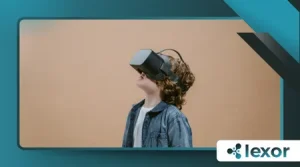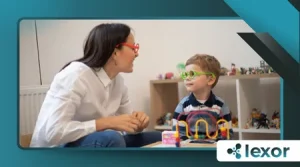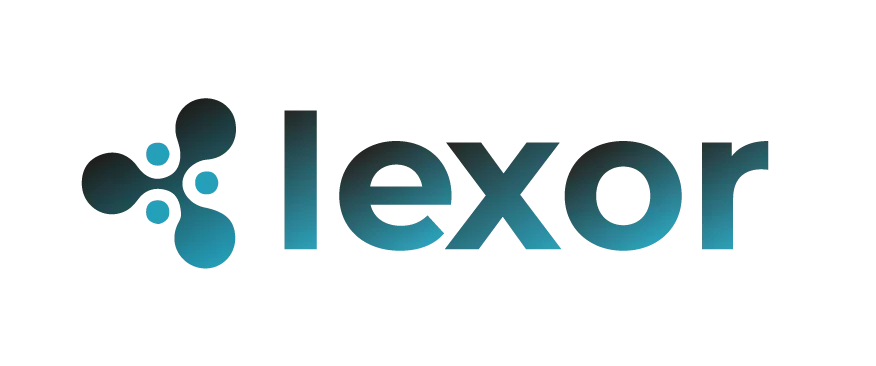How VR Is Empowering Autism Therapy and Social Learning

The transformative potential of how VR is empowering autism therapy and social learning is reshaping our approach to supporting autistic individuals.
Virtual reality, once seen as a futuristic gimmick, is now a powerful tool, providing a controlled and safe environment to practice and master social skills.
This innovative technology is creating a bridge between the inner world of autistic individuals and the complex, often overwhelming social landscape.
By immersing users in realistic yet manageable scenarios, VR reduces anxiety and allows for repetition, which is key to learning and retention.
We are witnessing a paradigm shift, moving from abstract therapeutic conversations to hands-on, experiential learning that truly makes a difference.
Creating Safe and Controlled Environments for Skill Development
One of the most significant advantages of VR in therapy is its ability to simulate social situations without the unpredictable pressure of real-life interactions.
Imagine a scenario where someone is learning to read facial expressions.
In a VR setting, they can observe a digital avatar’s face change expressions, pause the simulation to ask a therapist questions, and replay the interaction as many times as needed.
This removes the social discomfort and potential for misinterpretation that can arise in real-time.
This controlled environment is crucial for building a foundation of understanding before stepping into the real world.
Therapists can customize scenarios, adjusting the complexity and intensity to match the individual’s pace and comfort level.
This adaptability allows for a gradual progression.
A person might start with a simple one-on-one conversation with a single avatar, then move on to a group setting with multiple people talking simultaneously.
++Smart Home Maintenance: Tips to Keep Your System Running
The goal is to build confidence and competence incrementally. It is like learning to swim in a shallow, heated pool before venturing into the deep, cold ocean.
The low-stakes environment of VR enables individuals to make mistakes and learn from them without feeling judged. This iterative process is what makes the technology so effective for learning and retention.
The Power of Experiential Learning Through Immersion

Traditional therapy often relies on role-playing and verbal instruction, which can feel abstract and artificial. VR, in contrast, provides an immersive, first-person experience that feels real.
The user is not just hearing about a social situation; they are actively participating in it. This level of engagement significantly enhances the learning process.
For example, a VR program might simulate a job interview. The user sits across from a realistic avatar, answering questions and practicing eye contact and body language.
++VR in Real Estate: Virtual Tours and Smart Sales
They can receive instant feedback from the therapist, reviewing their performance immediately after the session.
This approach transforms passive learning into an active, embodied experience. The user’s brain processes the information not as a theoretical concept but as a lived event.
This deepens the neural pathways associated with social skills, making it easier to apply these learnings in real-world scenarios.
It is this immersive quality that makes how VR is empowering autism therapy a game-changer.
++How VR Is Enhancing Online Learning for Students
The technology provides a bridge between the conceptual and the practical, making social rules and customs tangible and understandable.
Enhancing Emotional Regulation and Perspective-Taking
A core benefit of VR is its ability to help individuals with autism understand and manage their own emotions and the emotions of others.
Many programs use biometric feedback to track a user’s heart rate or skin response during stressful social scenarios.
A therapist can then help the user identify what triggers their anxiety and develop coping strategies.
For example, a user might practice taking deep breaths or using a grounding technique when their heart rate spikes during a simulated public speaking event.
This biofeedback loop provides concrete data, making the abstract concept of emotional regulation more accessible.
Furthermore, VR can be used for perspective-taking exercises. A user can “step into the shoes” of another person in a simulated argument, experiencing the situation from the other person’s point of view.
Read more: Enhancing Social Skills in Autistic Children Through VR Therapy
This helps them understand different perspectives and emotional responses. This innovative approach is far more effective than simply being told to “try to see it from their side.”
By physically embodying another person, the user gains a deeper, more empathetic understanding. This is a critical component of social development, and VR makes it possible in a way no other medium can.
A Glimpse into the Future: Real-World Examples and Data
Leading institutions are already integrating VR into their therapeutic practices with impressive results.
For instance, the Children’s Hospital Los Angeles is using a VR platform called Floreo, which focuses on social and communication skills.
One of their studies from 2021 showed a significant increase in social initiation and conversational skills in children with autism who used the platform.
This is a compelling example of how VR is empowering autism therapy in a clinical setting. Another example is the use of VR to simulate public transportation.
An individual can practice navigating a crowded bus or train, learning to handle unexpected noises and crowds in a controlled environment.
This allows them to build the confidence to use public transport independently in the real world.
The following table showcases some of the current applications of VR in autism therapy:
| VR Application | Therapeutic Goal | Skills Targeted |
| Simulated Social Interactions | Reducing social anxiety and improving communication. | Conversation skills, eye contact, body language. |
| Job Interview Simulators | Preparing for professional settings and vocational training. | Interview etiquette, answering questions, stress management. |
| Public Speaking Scenarios | Overcoming fear of public performance. | Confidence building, voice modulation, content delivery. |
| Sensory Regulation Environments | Managing sensory overload and emotional responses. | Grounding techniques, breathing exercises, emotional awareness. |
A significant finding from a 2023 study by researchers at the University of Cambridge revealed that 75% of participants with autism reported feeling more comfortable and confident in social situations after just three months of consistent VR therapy.
This data underscores the immense potential of this technology.
The Path Forward: Integration, Accessibility, and Hope
The future of VR in autism therapy is incredibly promising, with ongoing research and development focusing on making the technology more accessible and personalized.
We are seeing a move towards more portable and affordable headsets, making these powerful tools available to a broader audience.
As the technology becomes more sophisticated, we can expect even more nuanced and realistic simulations.
VR will not replace human therapists but will serve as an invaluable complement, providing a dynamic and engaging platform for learning.
It allows for the systematic practice of skills that are difficult to teach in traditional settings.
how VR is empowering autism therapy is a question with an ever-expanding answer, a story of innovation and hope.
It is a new chapter in a long history of seeking better ways to support autistic individuals.
This technology is creating a world where practicing social skills is not a source of stress, but a journey of discovery and growth.
As we continue to develop these tools, we can anticipate a future where the social world feels less like a maze and more like an open, navigable path.
Frequently Asked Questions
Is VR therapy safe for children?
Yes, VR therapy is considered safe for children, as long as it is supervised by a qualified professional. The sessions are designed to be comfortable and the content is adjusted to each individual’s age and needs.
Can VR therapy replace traditional therapy?
No, VR therapy is seen as a complementary tool to traditional therapy. It provides a practical environment for skill development, but the guidance and support of a human therapist remain essential.
Is VR equipment expensive?
The cost of VR equipment has decreased significantly in recent years. There are affordable options that can be used at home, making the technology more accessible for families and clinics. However, the initial cost can still vary depending on the hardware and software used.
